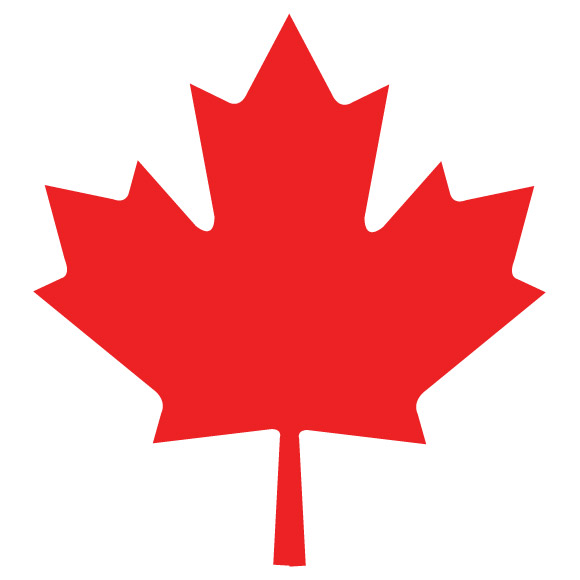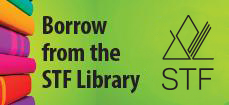[C, CN, PS, V]
| (a) |
Construct (concretely or pictorially) and record the dimensions of two or more rectangles with a specified perimeter and select, with justification, the dimensions that would be most appropriate in a particular situation (e.g., a rectangle is to have a perimeter of 18 units, what are the dimensions of the possible rectangles, which rectangle would be most appropriate if the rectangle is to be the base of a shoe box or a dog pen). |
| (b) |
Critique the statement "A rectangle with dimensions of 1 cm by 8 cm is different from a rectangle with dimensions of 8 cm by 1 cm". (Note: Any dimensions could be used to demonstrate the idea of orientation and point of view.) |
| (c) |
Construct (concretely or pictorially) and record the dimensions of as many rectangles as possible with a specified area and select, with justification, the rectangle that would be most appropriate in a particular situation (e.g., a rectangle is to have an area of 24 units², what are the dimensions of the possible rectangles, which rectangle would be most appropriate if the rectangle is to fence off the largest garden possible or be the base of a box on a shelf that is 10 units by 8 units). |
| (d) |
Critique the statement: "A rectangle with dimensions of 3 cm by 4 cm is different from a rectangle with dimensions of 2 cm by 5 cm". (Note: Any dimensions with the same perimeter could be used to demonstrate the idea of same perimeter not necessarily resulting in the same area or shape of the rectangle). |
| (e) |
Generalize patterns discovered through the exploration of the areas of rectangles with the same perimeter and through the exploration of the perimeters of rectangles with the same area (e.g., greater areas do not imply greater perimeters and vice versa, the rectangle for a situation closest to a square will have the greatest area, or the rectangle with the smallest width for a given perimeter will have the smallest area). |
| (f) |
Identify situations relevant to self, family, or community where the solution to problems would require the consideration of both area and perimeter, and solve the problems. |










